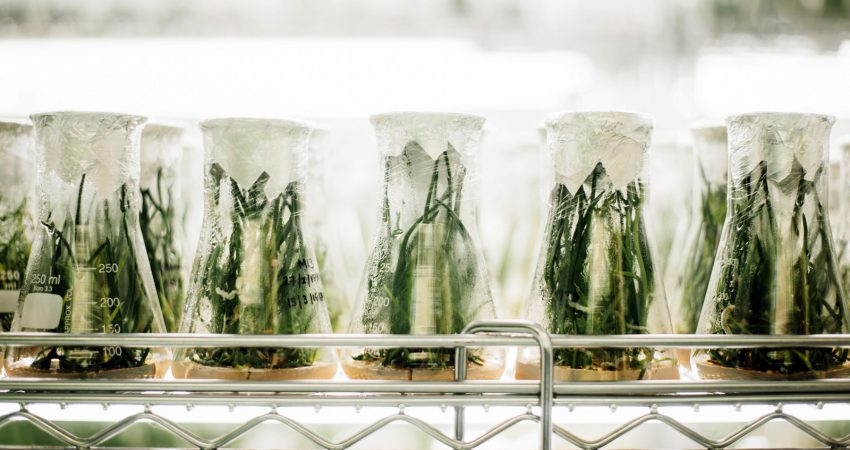
By Elaine Regan - March 2011
PAPER CITATION
Maltese, A V., & Tai, R H. (2010). Eyeballs in the fridge: Sources of early interest in science. International Journal of Science Education, 32(5), 669–685.
Out of 85 scientists and graduate students interviewed, 65% state that their initial interest in science occurred before middle school, particularly those in physics-related fields. The interest was attributed as self interest (45%) or intrinsic motivation. However, a large proportion discuss initial experiences related to school- or education-based experiences, including enrichment activities (40%) and family (15%).
This study is based on interviews with 85 scientists and graduate students of science who discuss earliest memories of interest in science, timed as early (before middle school), middle/high school, or college. The timing or initiation of the interest illustrates that, for those not engaged early, the root of their interest occurred in middle school or high school (30%) with a small number only engaging in science at college (5%). There was no meaningful difference between men and women. Responsibility for the initial interest is attributed mainly to intrinsic motivation (the main source for males), particularly in the earlier timings. These intrinsically motivated activities included tinkering, conducting home experiments, and reading science or science fiction. The experience of a school/education activity (such as a science competition, camp, teacher demonstrations, project work, or enrichment activity) was the second most common determinant attributed as the initial source of interest, was evident across timings, and was a greater influence on females. The influence of the teacher was also prominent for both male and female students who became interested in science after middle school. Family members that either supported or pushed them as students into science were also responsible for initial interest mainly because that person grew up in a household where science activities were common. The rankings differ according to gender: for males it is self interest, school, and family; but for girls, school was the greatest source of initial interest and intrinsic and family sources equally prevalent. The nature of the initial interest activities discussed were different for males who described activities that they initiated themselves versus females who discussed activities initiated externally.
It may be important to prioritize science engagement activities on younger children; however, it is also clear that engagement with science can take place with older children. This research also highlights the importance of external activities for capturing the interest of women.




